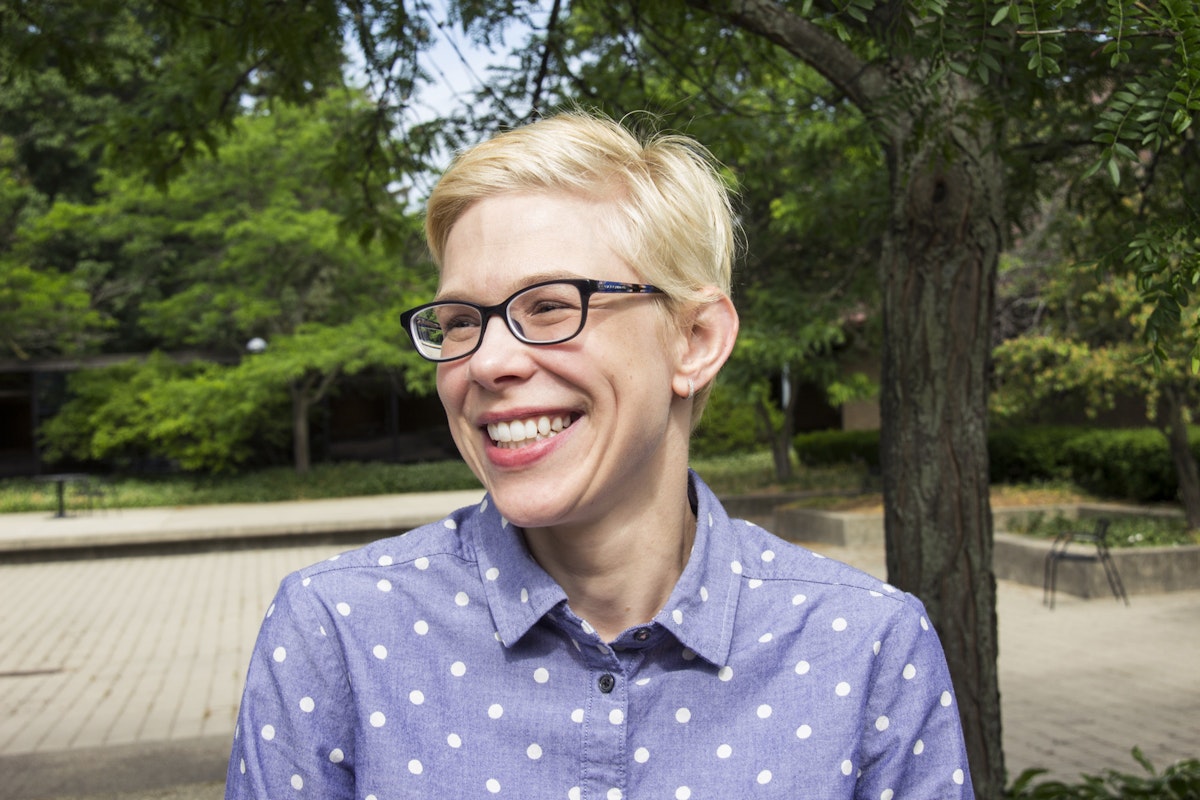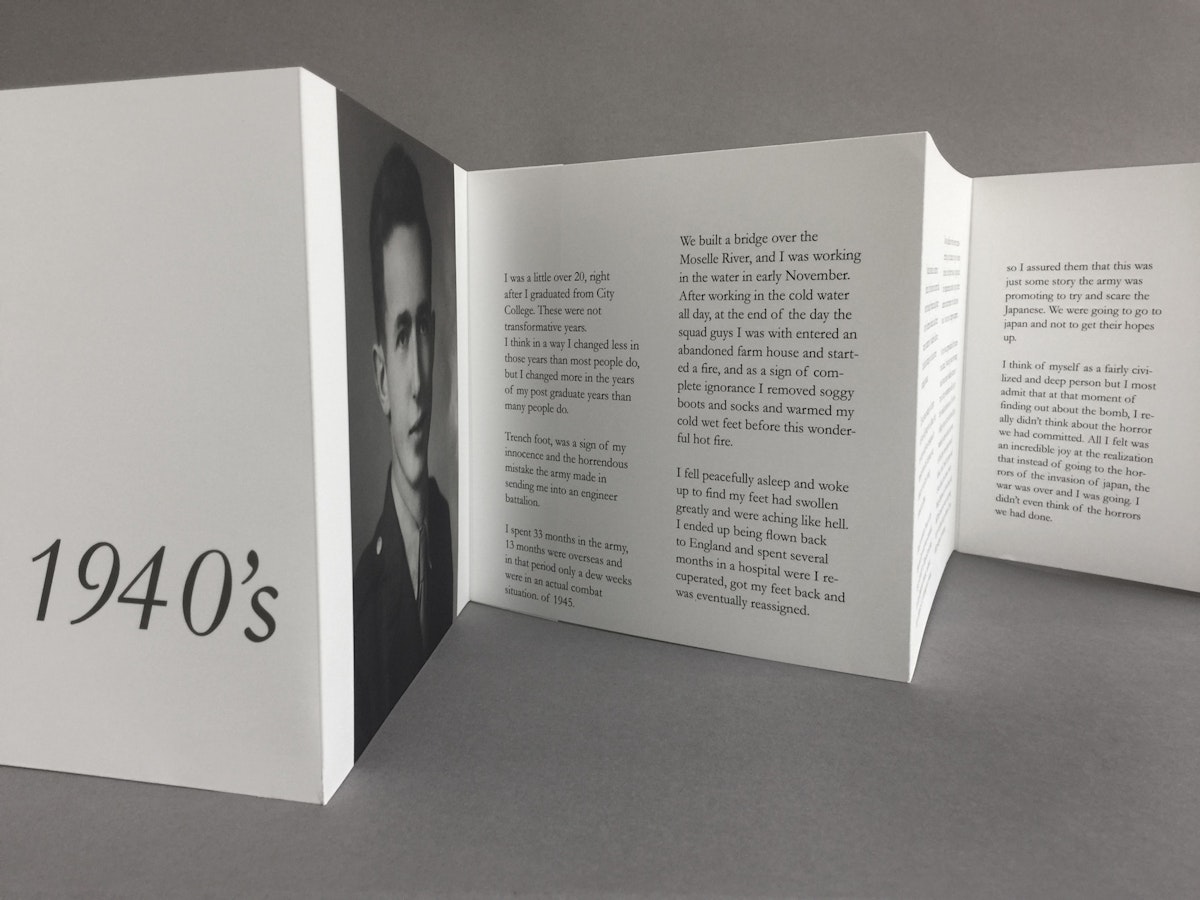Memory, Aging & Expressive Arts
According to the Alzheimer’s Association’s Facts and Figures for 2017, the United States is currently home to 5.5M individuals with Alzheimer’s dementia — a term used to describe those in the dementia stage of the continuum. This number is expected to increase as the baby boom generation continues to age.
A crisis on a global scale, the disease also comes with a set of deep societal stigmatizations — myths that Stamps Professor Anne Mondro is committed to shattering to encourage quality of life, care, and dignity for people living with memory loss.

During the winter 2017 semester, undergraduate Stamps students in Mondro's Memory, Aging & Expressive Arts class have worked with local men and women living with memory loss. Over the course of ten weeks, Stamps students form creative partnerships with community members in University of Michigan Geriatrics Center Silver Club programs. Together, older adults and Stamps students build vision around a creative concept, execute that concept together, and exhibit their work at the end of the term. Creative outcomes vary in media and concept, as they’re driven by common interests discovered through conversations and art making. The results are often aesthetically arresting, conceptually rigorous, and deeply meaningful.
In one example, Bill*, an older gentleman living with memory loss, partnered with Amy Kamdem (BFA ‘17). Bill was eager to share his experiences living through the Great Depression, a subject that Kamdem found herself deeply interested in. For their final project, the pair worked together on a book about Bill’s experiencing surviving the Depression.

“In my experience through this class, our collaborators through U-M’s Geriatrics Center Silver Club Programs are willing to take the creative risk with you, they’re willing to try something,” Mondro said. “Art provides opportunities for choice, learning something new, and sparking unexpected conversations.”
In 2017, Jan*, an avid cross-stitcher, partnered with Lap Yeung Jordan Hau (BFA ‘17) and Rachel Werthmann (BA ‘17). During her conversations with Jordan and Rachel, Jan often discussed the impact that the Korean War had on family life in the US. Together, the group collaborated on a multimedia project involving cross stitch applied directly to a digital photo of the Korean War Memorial in Washington DC to dramatic effect.

“Over the course of the semester, Stamps students undergo a real transition,” said Mondro. ”They realize that they’re not there to serve the community — instead, they’re there to collaborate with the community. They understand and become open to the fact that their collaborators have so much to offer.”
An artist whose studio practice draws deep inspiration from relationships, interconnectedness, vulnerability, and strengths between people, Mondro encourages Stamps students towards thoughtful, genuine relationships with their collaborators.
“When I started out working with the Silver Club community, the best advice I was given was this: when you meet one person with memory loss, you’ve met one person,” Mondro states. “You have to get to know the individual and meet them wherever they’re at.”
Mondro asserts that it’s important for individuals with memory loss to participate in activities that help them sustain their citizenship in joyful, meaningful ways: gardening, going for a walk, listening to music, making art. “Creative activities can be great, since there’s no right or wrong answer,” said Mondro. “Making art together can also provide caregivers with a chance to see their family member in a different light, allowing new perspectives to emerge. This is a part of being human. Be able to impact society in a positive way.”
To learn more about Mondro’s Memory, Aging & Expressive Arts course, visit retainingidentity.com